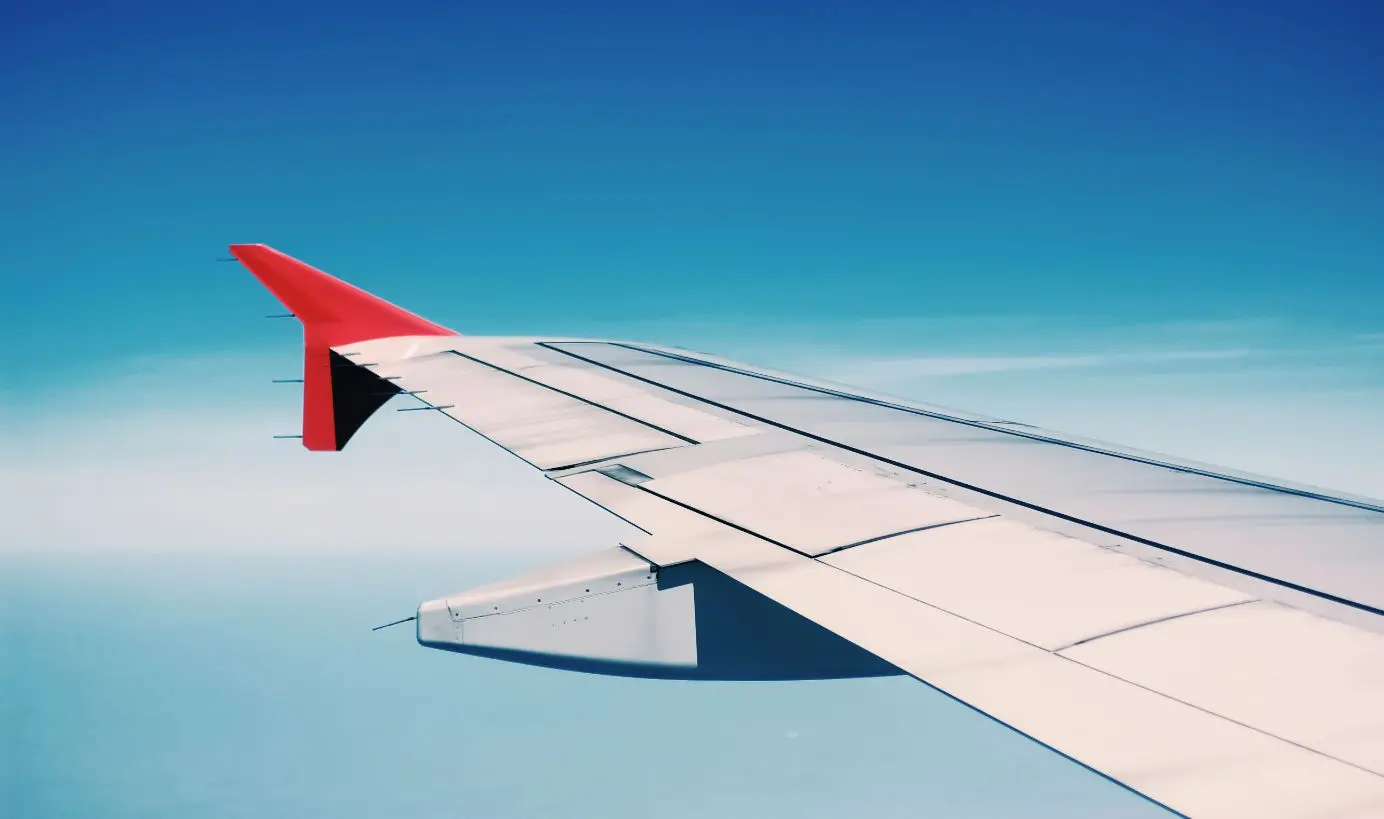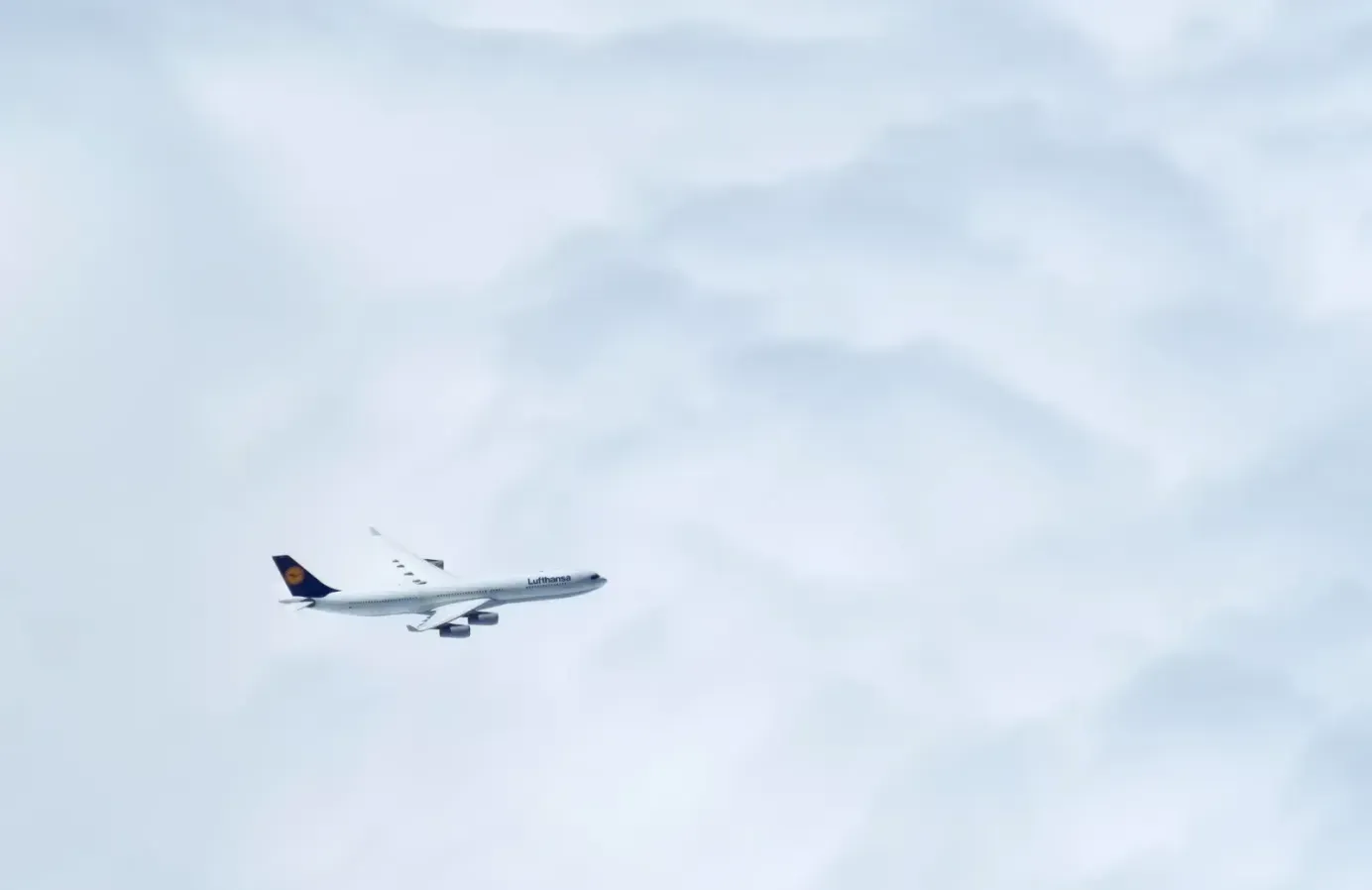
How Fast Do Commercial Planes Fly?
The speed of commercial aircraft varies depending on factors like the type of plane and the size of the aircraft. Moreover, in aviation, speed is measured in different ways.
Table of Contents
Modern commercial aircraft are engineering marvels capable of traveling to the other side of the world in a single day. If you've ever wondered how this is possible, it all comes down to their ability to reach incredible speeds in the air. But how fast do commercial planes fly?
Both the Boeing 737 and Airbus A320 - the world's two most common commercial planes - reach speeds of around 500 mph. By maintaining such speeds, airplanes can achieve efficient flight times without putting too much stress on the aircraft's structure. However, these speeds can be measured differently: relative to airspeed and groundspeed, so it's essential to understand the difference.
In this article, we'll take a closer look at the speeds traveled by commercial airplanes. We'll explain the different measurements used to calculate these speeds, discuss what happens if planes fly outside of these speeds, and look into why different planes fly at different speeds.
How Fast Do Commercial Planes Fly?
For example, the Boeing 737-800NG has a cruising speed of around 523 mph (841 km/h), while the Airbus A380 - the world's largest commercial plane - can reach 634 mph (1020 km/h).
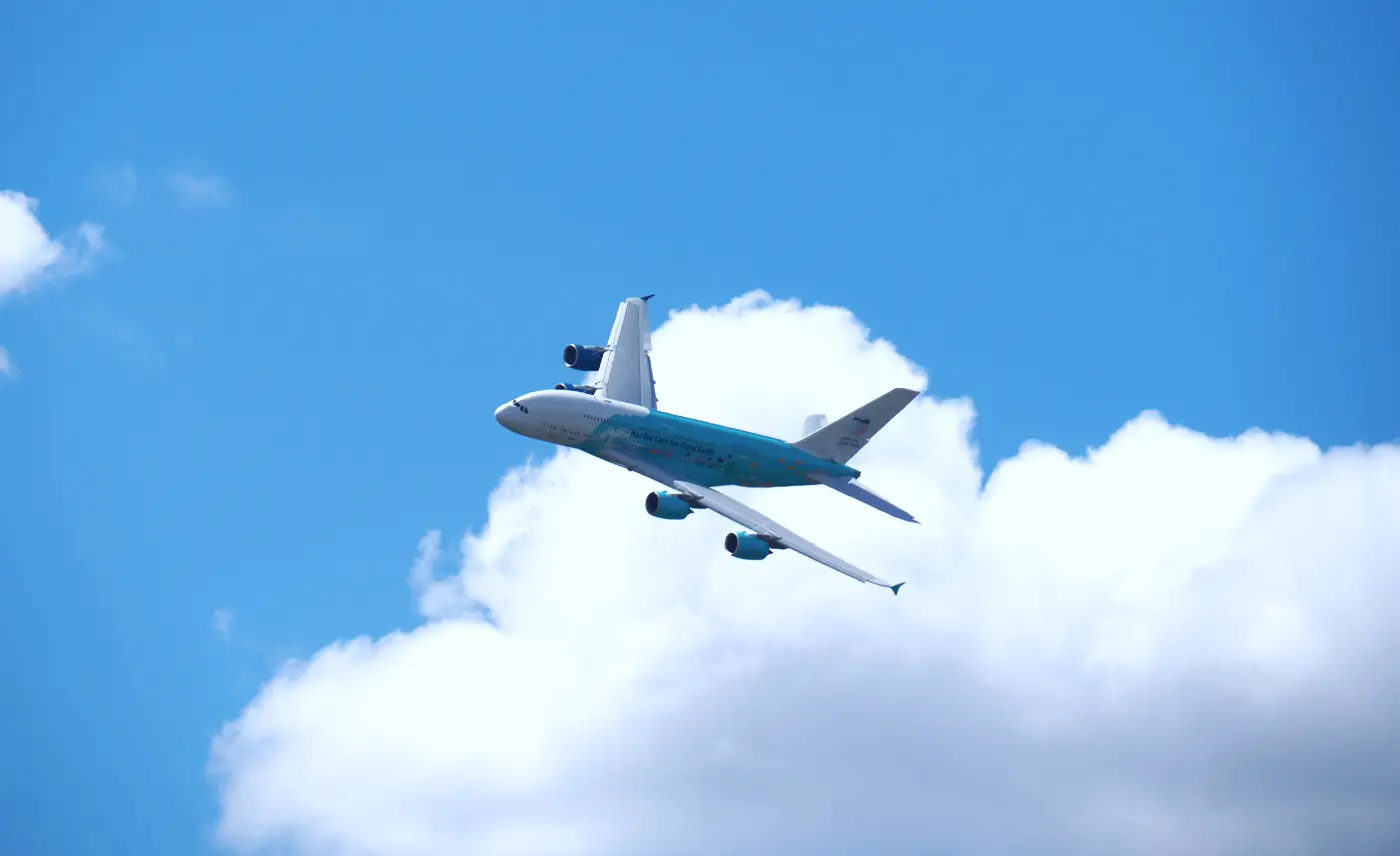
Most commercial airplanes don't fly at their top speeds, though. It would be far too inefficient to maintain top speed throughout an entire flight, costing the airline money on fuel and shortening the distance an airplane could travel. Therefore, most commercial aircraft fly at around 90% of their top speeds. These speeds are still fast enough to get passengers to their destinations while keeping costs down.
How Aircraft Speeds are Measured – Groundspeed vs. Airspeed
There are two ways to measure an aircraft's speed: Ground speed and airspeed.
Groundspeed is the speed of an aircraft relative to the ground. Airspeed is the speed of an aircraft relative to the air it's currently flying through.
In simpler terms, groundspeed is how fast an aircraft travels from point A to B. This measurement doesn't consider things like wind speed, which can affect how long it takes an aircraft to travel from one point to another. On the other hand, airspeed is the speed of an aircraft relative to the air it's currently flying through.
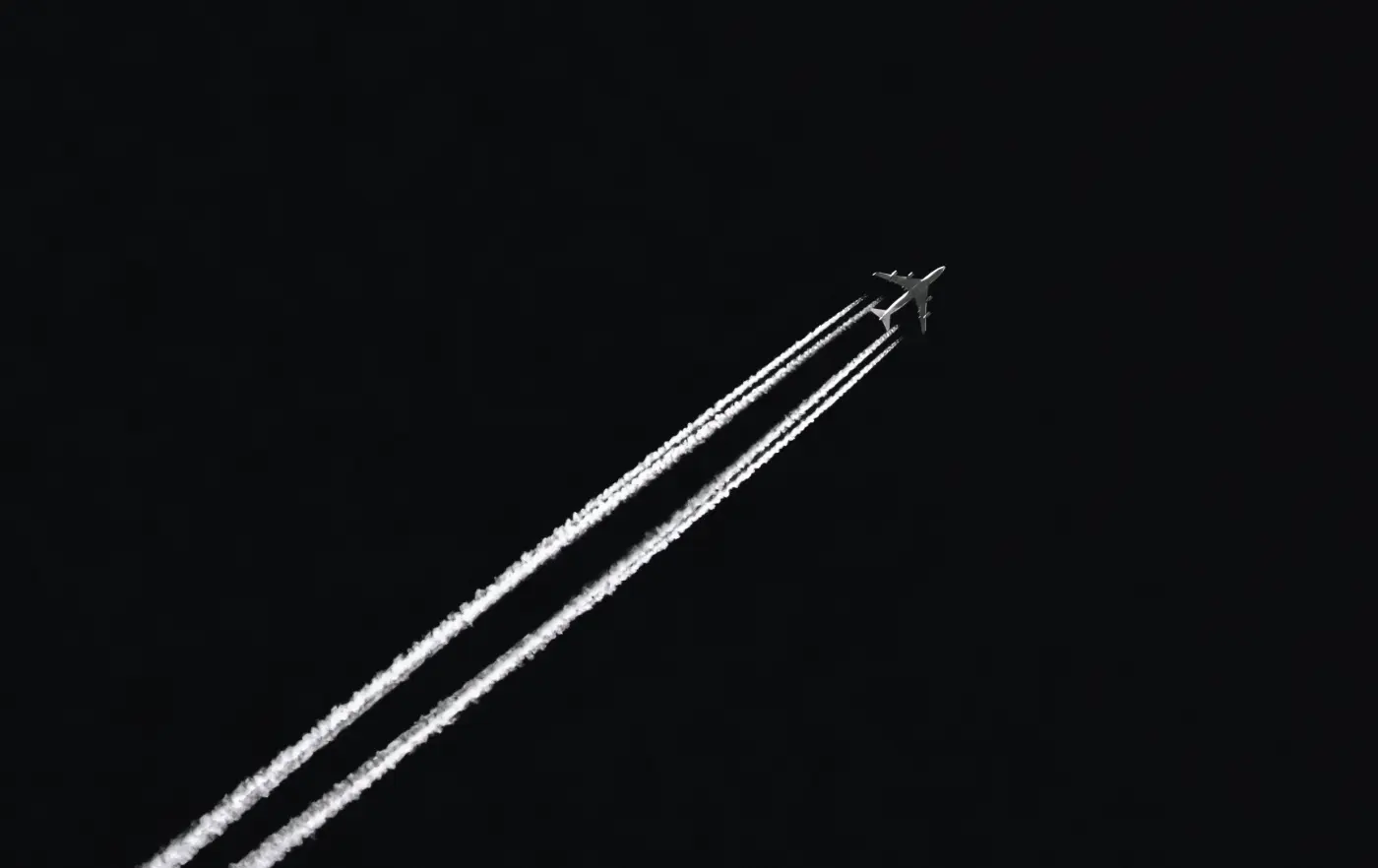
This airspeed measurement is affected by wind speed, as the wind can either push the aircraft forward or slow it down. For example, an aircraft is flying at a ground speed of 500 mph, with a headwind of 50 mph. In that case, the aircraft's airspeed would be 450 mph as the headwind pushes against the aircraft and slows it down.
We can better picture how fast the plane travels by measuring airspeed rather than groundspeed. The next time you're flying, check these speeds on your in-flight monitor to fully understand how long your flight will be.
Why Do Airplanes Fly at These Speeds?
Different aircraft fly at different speeds for a variety of reasons. One reason is that manufacturers design different aircraft for various purposes. For example, Airbus developed the A380 to transport large numbers of passengers over long distances. In contrast, Boeing designed their 717 for shorter flights. Consequently, these aircraft have different sizes and aerodynamic profiles, which affects their maximum speeds.
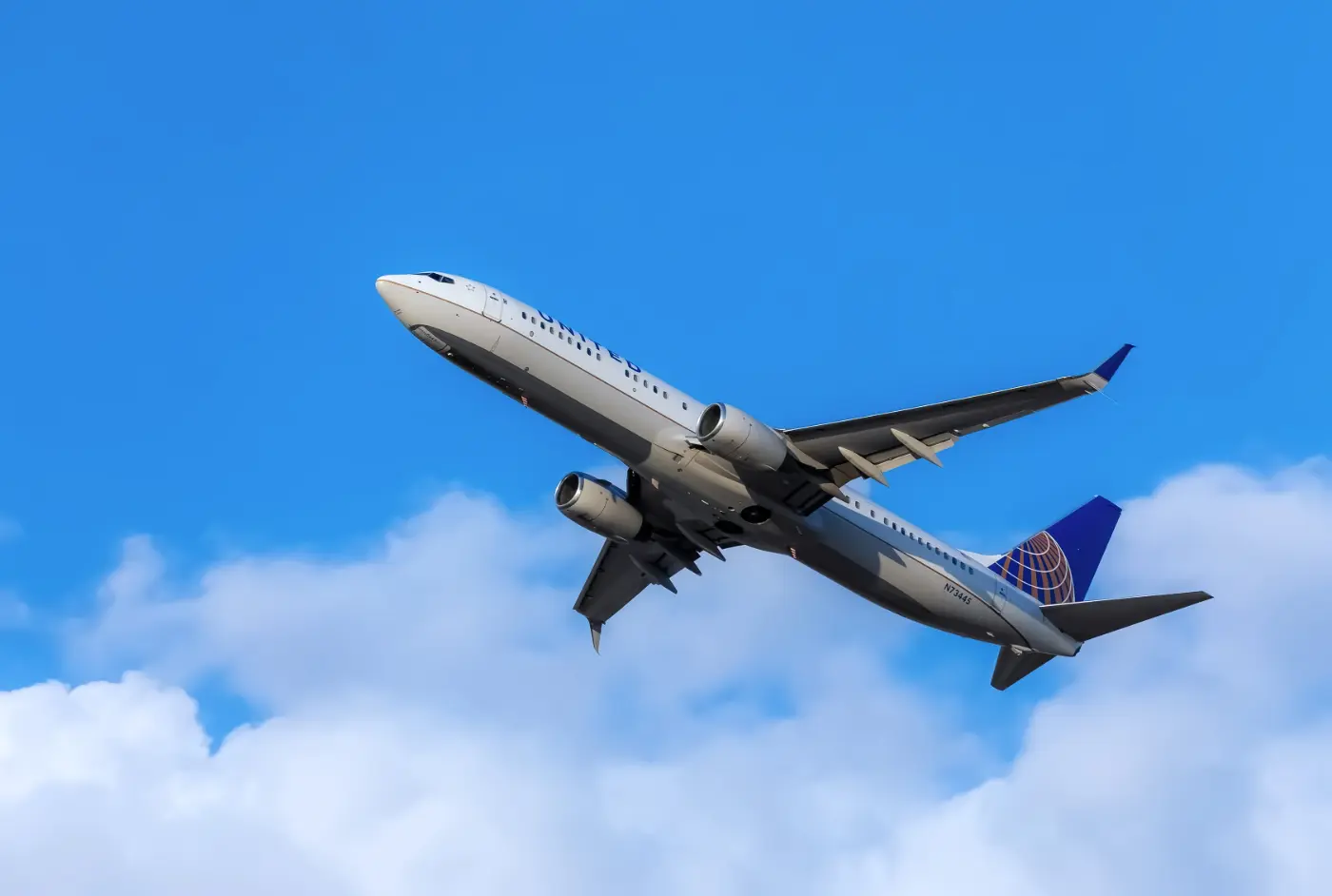
Other reasons include the aircraft's weight, the type of engine, and the plane's aerodynamics. Lighter jet aircraft, for example, can reach higher speeds than heavier jet aircraft. The same is true for aircraft with more powerful engines and those with more efficient aerodynamic designs. The Concorde was developed to reach supersonic speeds that allowed the plane to pierce through the air.
Although the Concorde was eventually retired, its incredible speeds promised to ferry passengers across the Atlantic in as little as three hours. The only issue was the high price to fuel the supersonic plane full of passengers. A single ticket costs around $12,000—far outside most commercial passengers' budgets.
What Happens If Planes Fly Outside of Their Recommended Speeds?
Different aircraft are designed to fly within specific speed limits. Flying outside of these limits can be hazardous.
For example, the Boeing 737 is designed to fly at speeds between 530 mph and 580 mph. The Airbus A380 typically flies at speeds between 630 mph and 730 mph.
If an aircraft flies outside these limits, it can stress the structure and fuselage, potentially damaging it. In extreme cases, overspeeding can even cause the aircraft to break apart in mid-air.
On the opposite end of the spectrum, if an aircraft flies too far below its recommended speeds, it can stall. A stall happens when the air flowing over the wings isn't moving fast enough to create lift, causing the aircraft to lose altitude and eventually crash if not corrected.
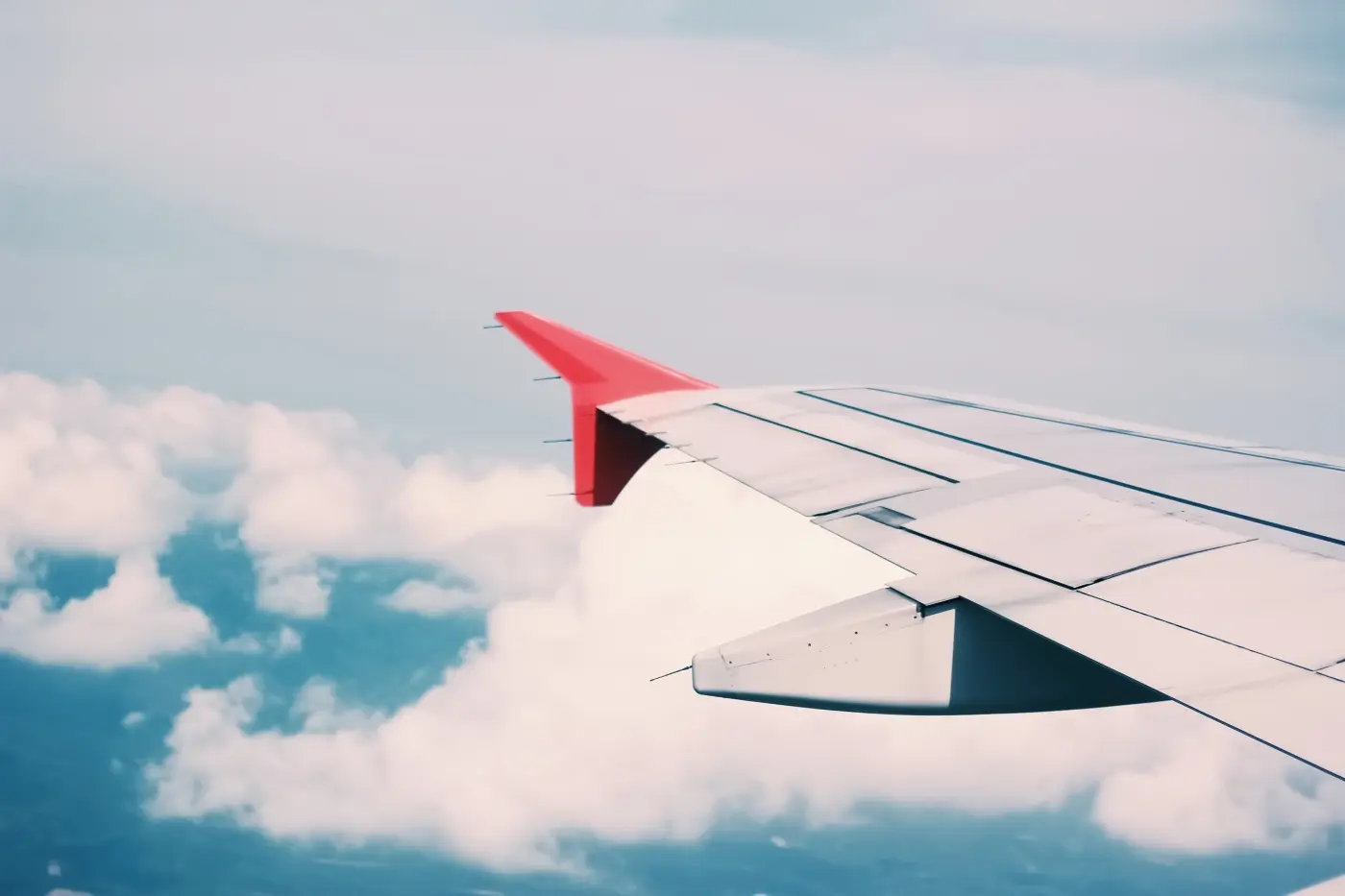
To avoid these dangers, pilots must be aware of the conditions of the flight, including changing wind speeds and upcoming turbulence. The pilots would likely slow down the aircraft to soften the ride and improve maneuverability.
While it's unlikely that an aircraft will fly outside these limits, pilots need to be aware of its dangers.
If Turbulence Means Slowing Down, Can It Bring Down a Plane?
While it's true that turbulence can cause planes to lose speed, there are no instances where turbulence has ever driven a plane to crash. Even when it's worse, the force of turbulence isn't enough to cause a plane to lose altitude or crash. Instead, it will simply shake the cabin and perhaps frighten passengers.
Between 1980 and 2008, the US FAA reported three deaths resulting from turbulence-related incidents. Of those three deaths, two passengers were not wearing their seatbelts at the time, and during that same period, none of these incidents resulted in a crash.
So, why does turbulence cause planes to shake and slow down? Turbulence is essentially just a change in the wind speed or direction. In severe cases, it can cause the plane to drop altitude suddenly. However, the aircraft will regain speed and altitude quickly once the turbulence subsides.
The next time you're on a plane and experience turbulence, stay calm and rest assured that pilots have trained to fly through it. No matter how much the plane shakes, it's incredibly unlikely that you'll crash due to turbulence.
Final Thoughts
So, how fast do commercial planes fly?
It varies depending on the plane, but most commercial planes fly at around 500 mph. This speed is necessary to transport passengers efficiently to their destinations without stressing the fuselage.
So, the next time you're on a plane, sit back, relax, and enjoy the ride.
Planenerd Newsletter
Join the newsletter to receive the latest updates in your inbox.


